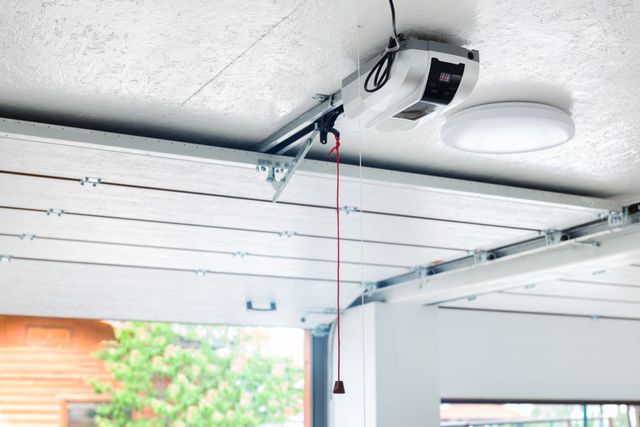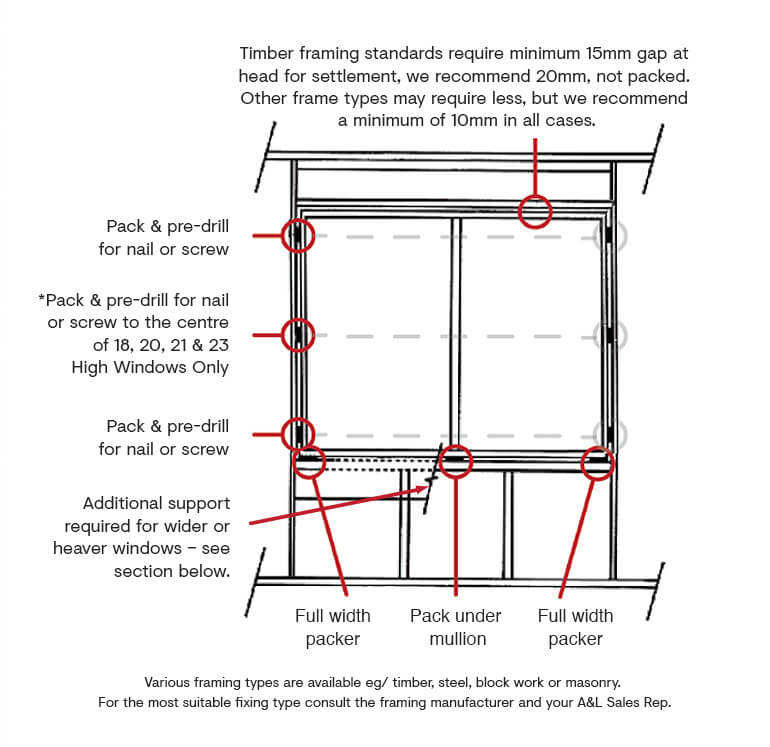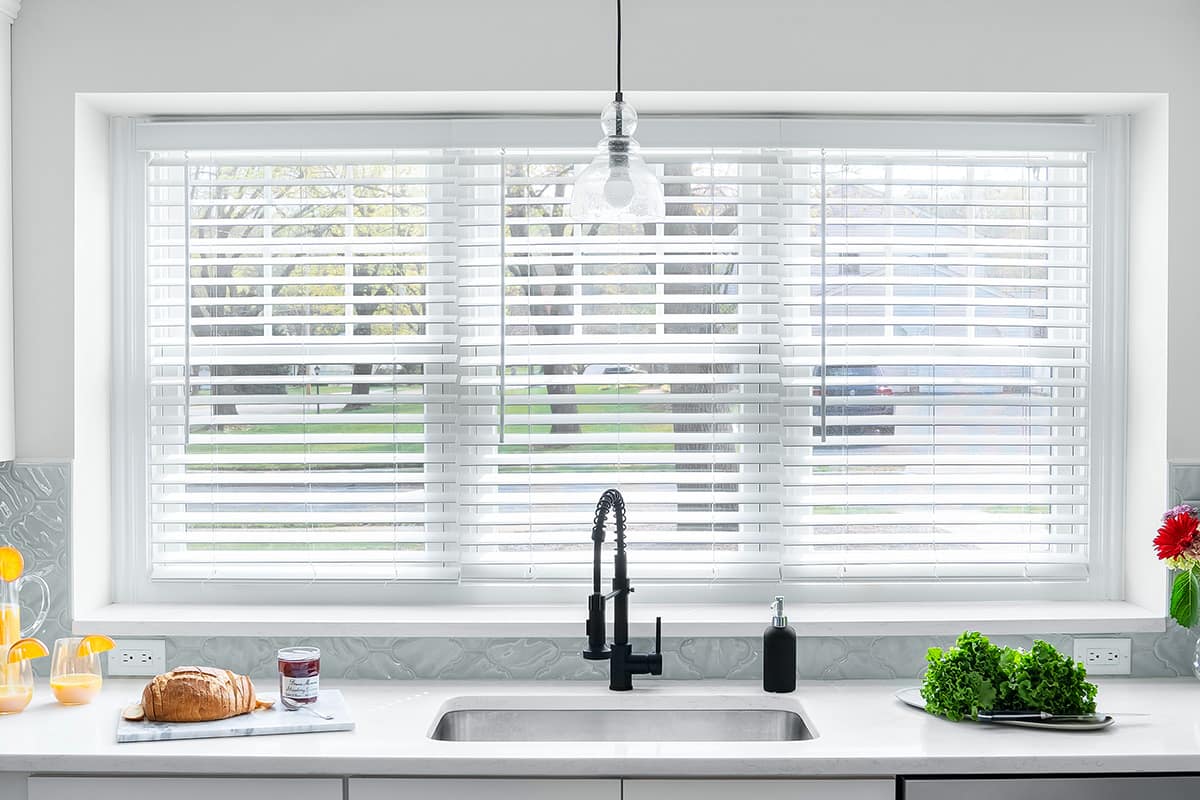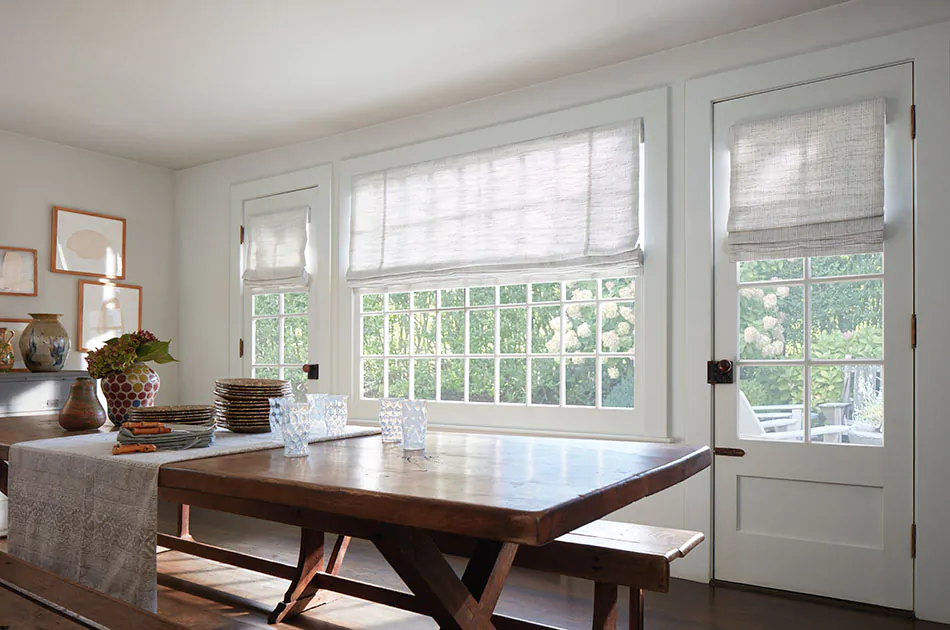
Welcome to your ultimate resource for everything related to building blinds! Whether you’re a seasoned DIY enthusiast or a homeowner looking to enhance your space, understanding the nuances of blind construction and installation is crucial. This guide will walk you through the essential aspects, from selecting the right materials to mastering the installation process, and even exploring the latest design trends.
Why Build Your Own Blinds?
Building your own blinds offers numerous advantages:
- Customization: Tailor your blinds to perfectly fit your windows and match your interior décor.
- Cost-effectiveness: Save money by avoiding expensive professional installations.
- Personal satisfaction: Enjoy the pride of creating something functional and beautiful with your own hands.
- Material choice: select exactly the materials you desire, and be sure they are high quality.
Materials for Building Blinds
The choice of materials significantly impacts the durability and aesthetics of your blinds. Here are some popular options:
Wood Blinds
Wood blinds offer a classic and elegant look. They are durable, provide excellent insulation, and can be stained or painted to match any décor. However, they are susceptible to moisture damage, so they are not ideal for bathrooms or kitchens.
Faux Wood Blinds

Faux wood blinds are a cost-effective alternative to real wood. They are made from a composite material that resists moisture and warping, making them suitable for high-humidity areas. They also offer the same aesthetic appeal as real wood.
Vinyl Blinds
Vinyl blinds are lightweight, affordable, and easy to clean. They are available in various colors and styles, making them a versatile option for any room. However, they may not offer the same level of durability as wood or faux wood blinds.
Fabric Blinds
Fabric blinds, such as roller blinds or Roman shades, offer a soft and elegant look. They are available in a wide range of fabrics, patterns, and colors, allowing for endless customization options.
Step-by-Step Guide to Building Blinds
Here’s a general outline of the process:
- Measure your windows: Accurately measure the width and height of your windows to determine the dimensions of your blinds.
- Select your materials: Choose the appropriate materials based on your needs and preferences.
- Cut the slats: Carefully cut the slats to the desired width.
- Assemble the headrail: Construct the headrail, which will house the operating mechanism.
- Attach the slats: Attach the slats to the headrail, ensuring they are evenly spaced.
- Install the operating mechanism: Install the lift cords and tilt mechanism.
- Mount the blinds: Secure the blinds to the window frame or wall.
Design Trends in Building Blinds
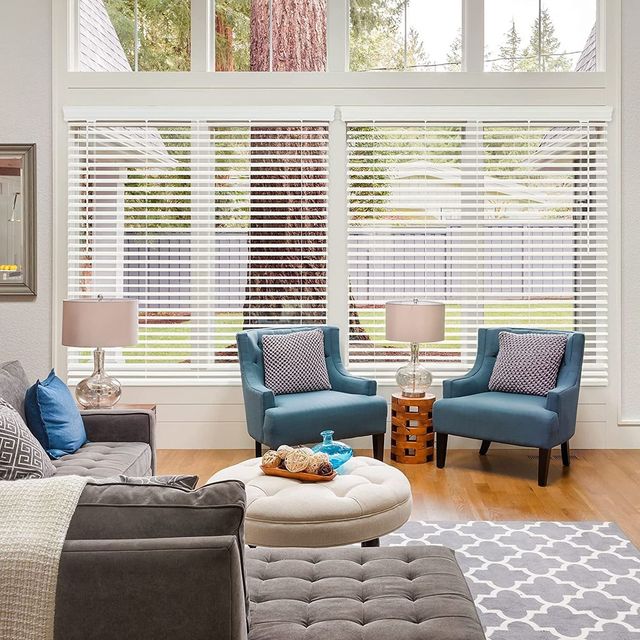
Staying up-to-date with the latest design trends can help you create blinds that are both functional and stylish:
Motorized Blinds
Motorized blinds offer convenience and ease of use. They can be controlled with a remote or smartphone app, allowing you to adjust the blinds without leaving your seat. This is very popular with smart homes.
Layered Blinds
Layered blinds combine multiple types of window treatments, such as sheer curtains and blackout blinds, to create a sophisticated and versatile look. This allows maximum light control.
Sustainable Materials
Using sustainable materials, such as bamboo or recycled wood, is becoming increasingly popular. These materials are eco-friendly and add a unique touch to your blinds.
Tips for Successful Blind Building
- Use high-quality tools: Invest in good-quality tools to ensure precise cuts and secure installations.
- Follow instructions carefully: Adhere to the instructions provided with your materials and operating mechanisms.
- Take your time: Don’t rush the process. Take your time to ensure each step is completed correctly.
- Safety first: Always wear safety glasses and gloves when working with tools and materials.
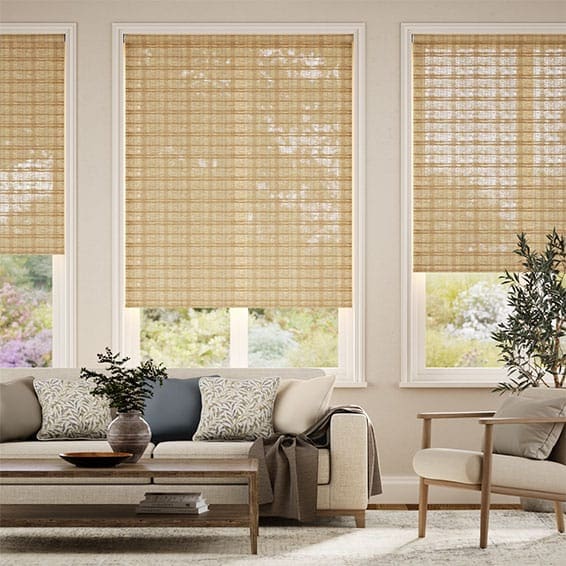
Professional Installation vs. DIY
While DIY blind building can be rewarding, professional installation offers several benefits:
- Expertise: Professionals have the knowledge and experience to handle complex installations.
- Warranty: Many professional installers offer warranties on their work.
- Time-saving: Hiring a professional can save you time and effort.
However, DIY projects can be a fantastic learning experience and a great way to personalize your home.
Conclusion
Building blinds can be a fulfilling and cost-effective way to enhance your home. By understanding the materials, techniques, and design trends, you can create blinds that perfectly suit your needs and style. Whether you choose to tackle it yourself or hire a professional, the right blinds can transform your space and provide years of enjoyment.
